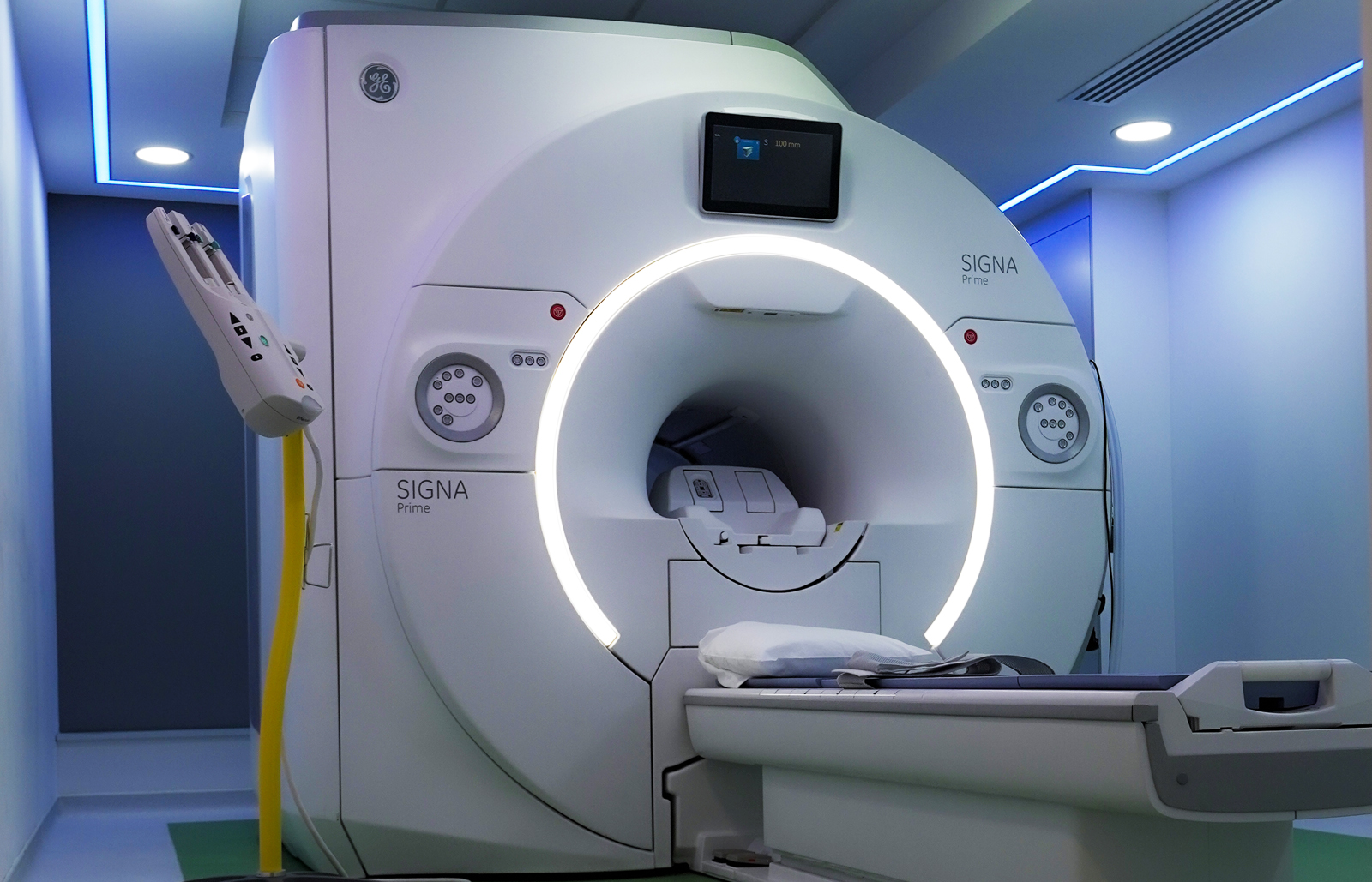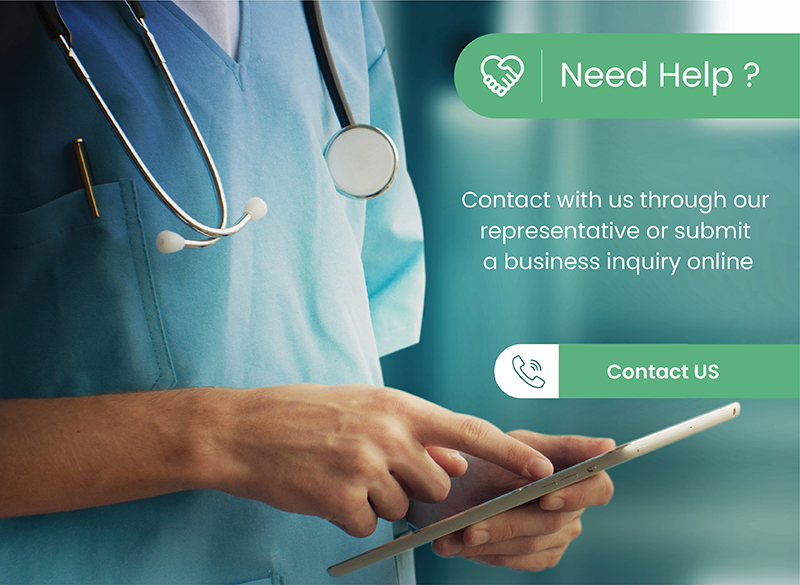MRI
Make an Appointment
Online Schedule

A Better MRI Experience
Our center have 1.5 tesla latest GE machines. We bring both quality and comfort together to ensure the best patient care and experience.
What is an MRI?
An MRI scan uses a powerful magnetic field and radio waves to provide computerized images. An MRI can detect problems associated with joints, muscles, cartilage, and internal organs as well as other parts of the body.
For your safety and comfort:
What you should know Answers to frequently asked questions.
MRIs do not use radiation and are safe for most patients but can be harmful if you have metal inside your body including:
- Medical devices likes pacemakers, ear implants, insulin pumps and shunts
- Joint replacements, plates or metal pins
- Metal objects or fragments in your body
- Inform your technologist if you have any internal metal before the test.If you are pregnant or think you may be pregnant, talk to your doctor before the MRI scan about whether an MRI scan is right for you.A contrast dye may be used to enhance some images. Some people may have a bad reaction to this dye. Talk to your doctor about any allergies you have or if you have liver or kidney problems. Liver and kidney problems may make it difficult for your body to get rid of the contrast.
It’s not unusual for an MRI exam to cause some anxiety. Depending on the body part being examined, your head may not be in the machine. Our compassionate technologists will make you comfortable on the table with a warm blanket and provide headphones with your choice of music so you can relax during the exam. Your technologist will talk to you throughout the exam and will give you a call button that you can press should you need immediate attention.
All MRI machines make noise during the scan, which is due to the way the machine creates images. The rhythmic “thump thump” sound is only heard while obtaining images. It’s extremely important during this time to hold completely still to prevent motion, resulting in blurry images. For your safety, we will provide headphones or earplugs to protect your hearing. You can listen to your choice of music for relaxation. However, even with headphones, you may still hear faint noises of the scanner. For your safety, hearing protection is always required during MRI exam.
MRI contrast, or Gadolinium may be injected into the vein to allow for better visualization of organs and blood vessels. An IV may be placed in the vein or butterfly needle may be used to inject the contrast agent. During the injection, you may feel a cool sensation at the injection site, which is completely normal. The technologist will review the use of the contrast agent with you prior to the exam and answer any questions you may have.
The radiologist will review the MRI images and provide a diagnostic report that will be sent directly to your provider. The report is typically available to your provider within 24-48 hours.



